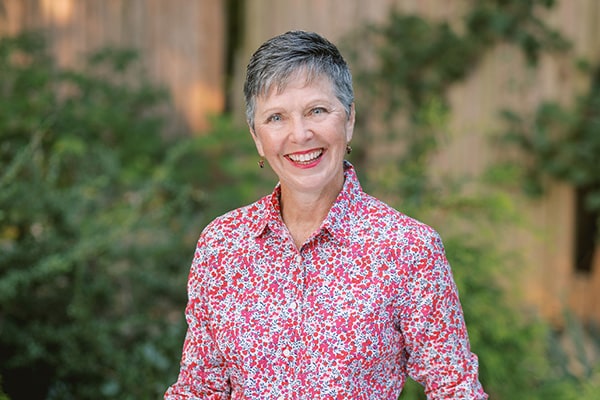In a conversation I recently had with Harville Hendrix, I understood him to say that couples come into therapy hoping to improve their communication skills, when what they really want is to improve their connecting skills. The more I think about it, the more this resonates with my experience. Communication is at the top of the list of things couples want to do better. Whereas, if a couple seeing me says to each other:
- I really need you to understand my experience.
- I wish you would spend time with me doing things that I like to do.
- What I want is to know that I am your priority.
- I wish we had more good sex.
- What I
reall want is more support with the kids. - I need you to help out with the chores more.
- Sometimes I feel like you don’t get me any more
These are conversations that we can really dive into. Learning how to communicate so that your partner can listen and validate you makes all the difference in connecting. Learning how to connect so that you can communicate is the key to a conscious relationship.
CMB | CTN | CUL8R
As the world becomes more wired for digital connection, actual connecting becomes seemingly less necessary. Text and email replace phone calls. In my experience, the millennial generation rarely even activates their VM since they have little intention of ever opening it to listen to messages. Facetime fills in for real time.
So, what is a couple to do about building daily habits as the real foundation of a connected relationship? Nothing effectively replaces face to face connecting. As humans, we are wired to be in relationship and that includes connecting in all forms, using all our senses. We listen and hear. We touch and are touched. We smell and are smelled. We taste and are tasted. We see and are seen.
Four Minutes a Day
A twenty-second hug activates the brain to release oxytocin, the “love hormone.” Ten minutes of hand-holding reduces the stress by lowering cortisol, the “stress hormone.” Long before we had the brain science to support it, Family Therapist, Virginia Satir, said:
“We need 4 hugs a day for survival. We need 8 hugs a day for maintenance. We need 12 hugs a day for growth.”
In the span of a twenty-second hug, you can listen to your partner’s heartbeat, inhale the smell of his body, taste her lips, and gaze into each other’s eyes. That is a real home run HUG!
Can Hugs Change the Way We Talk?
And, if every hug had these components, how many of the desires expressed earlier would be satisfied? Once core desires are met, what would it be like to address the more pedestrian ones? Daily irritations become an opportunity to express a desire for connecting.
How do you imagine your partner would respond if you asked for a morning hug upon waking? How would your day go from there? Would you turn toward a request for a hug? Look for obvious regular times of your day that you can intentionally seek to connect with your partner physically. Figure you are going to get eight of your daily hugs from each other. The remaining four are icing on the cake.
Hug It Out, Baby!
While we’re here, skin to skin touch ups the ante. There is a good reason that nurses place a naked baby skin to skin with the mother, this is the most intimate basis of attachment. Hugging naked gets you extra points!
After a few weeks of intentional hugging and holding, looking and gazing, listening and hearing along with yummy smells and tastes, then let’s talk about how to talk to each other in ways that are connecting. These are the connecting skills we al need.
To learn more about Imago Relationship Therapy and Imago Dialogue click here.
At the Imago Center we offer a variety of educational events that support connection and relational being.
Getting the Love You Want Workshop May 15-16
Keeping the Love You Find workshop Aug 28-29

